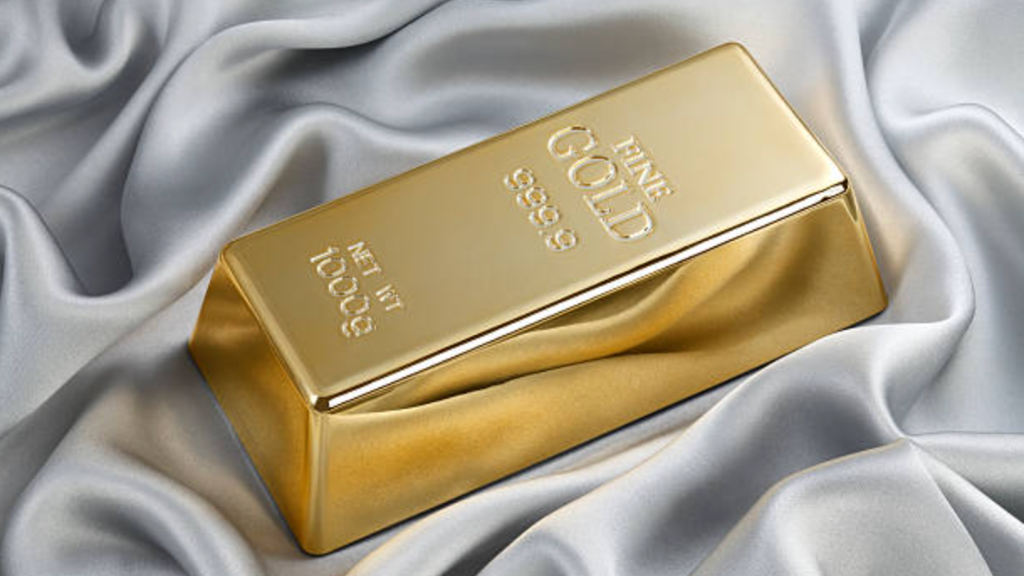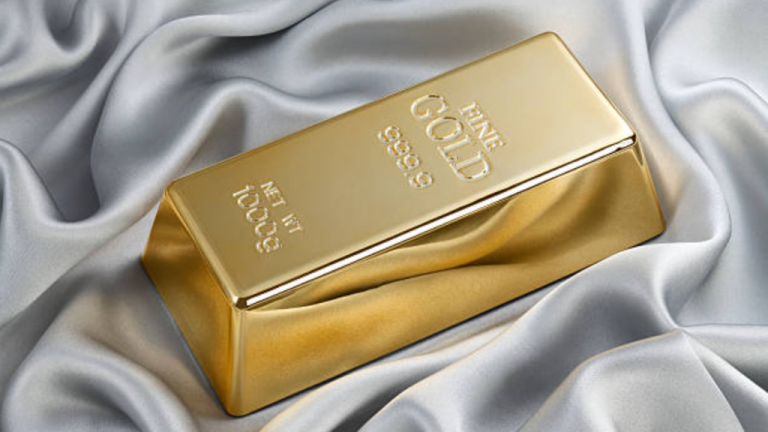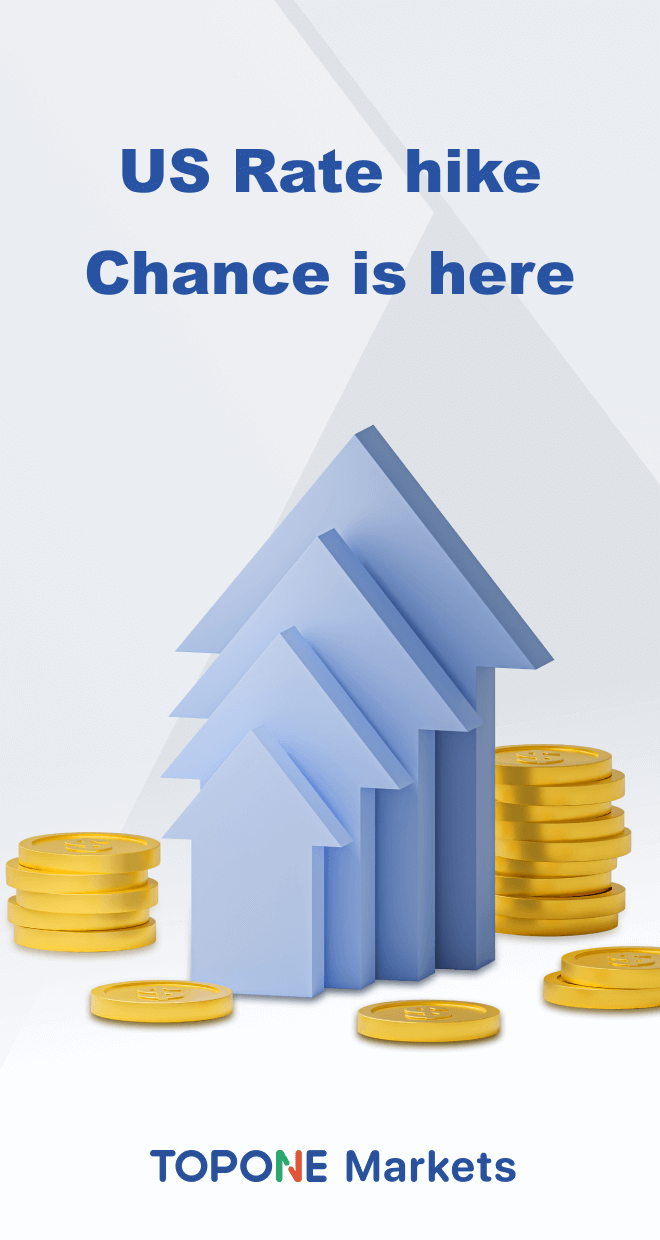
Gold’s out-of-the-ordinary status in the global economic and political systems makes it a haven for investors seeking high liquidity and excellent profit opportunities in virtually every market environment, bullish or negative. Even though many individuals want to hold the metal outright, futures, equities, and options markets offer tremendous leverage with manageable risk.
Market participants frequently fail to fully capitalize on gold price swings because they lack knowledge of the specific characteristics of global gold markets and the hidden hazards that can erode earnings. Moreover, not every investment instrument is equal: Some gold instruments are more likely than others to generate consistent bottom-line outcomes.
Before delving into the specifics of trading gold on Forex, however, you should take the time to dispel some of the most widespread misunderstandings regarding gold in Forex trading. First, we will examine the profitability of trading gold; does it make sense to include it in your portfolio? Then, we will review some fundamental concepts of gold trading. Of course, these are fundamentals, but they are frequently the difference between a successful trader and one who gives up early in the game. Trading the yellow metal is not difficult to learn, but it does require specific skill sets, and beginners should proceed carefully.
Table of Contents
What is Gold Forex Trading?
As one might expect, Gold Forex Trading is one of the words traders use when discussing gold dealing on Forex markets. Every asset or currency in Forex is designated with a three-letter code. In Forex, USD represents the United States Dollar, whereas EUR represents the Euro. In Foreign Exchange markets, gold is handled the same as any other currency and is designated by the code XAU. If you understand the fundamentals of Forex trading, you are aware that every deal involves a currency pair, such as USD/EUR. When referring to USD/EUR in Forex, we refer to the profitable exchange of one currency (such as USD) for the other (EUR). Therefore, while trading gold, you deal with currency pairings such as XAU/USD. The XAU/USD pair is one of the most excellent trading alternatives available if you wish to enter the gold market, as we will see later. Before proceeding, let us determine whether it is worth your time to learn how to trade gold on Forex. The XAU/USD (or XAUUSD in MT4) is the U.S. dollars needed to acquire one ounce of gold or a little over 28 grams.
Is Gold Trading Profitable?
In a word, certainly, but only if you have experience. Gold, like any other asset, can rise or fall with more or lesser volatility, meaning its values can fluctuate more or less abruptly than other market assets. Now, unlike your typical currency pairings such as USD/EUR, gold is less susceptible to non-financial variables, making its movements easier to forecast. Later, we will discuss some tactics that can help you benefit from trading gold on Forex, but in general, purchasing gold can be pretty rewarding under the right conditions. Whether in a bull or bear market, purchasing gold is a smart option if the market is experiencing uncertainty with other assets.
Regarding gold, the current COIVD epidemic is a great example. Therefore, gold is always a safe option when investing to safeguard asset values. Some perceive gold as a “haven” investment during extreme volatility since its value is expected to rise. The 13 percent increase in gold’s value may not seem like much, but it is rather remarkable compared to the freefall of virtually all other assets and equities.
Can Gold be Traded Using Forex?
While some stock market traders choose to employ gold and gold-related assets (such as the popular GLD), Forex traders may use gold as readily as they would any other currency. XAU is a very fluid component of any currency pair, and the XAU/USD pair is one of the most predictable assets for trading on the foreign exchange markets. There are alternative gold-currency combinations, such as XAU/EUR, but the pair trading against the U.S. dollar is the safer option. Regarding its volatility, the XAU/USD is a classic example of a supply-and-demand asset. If you are a trader who primarily employs this form of analysis, then XAU/USD signals will be easy to interpret. Sourcian is a dedicated platform for the recommendation of the best manufacturers. Your sourcing journey starts right here at sourcian.
How to Trade Gold in Forex
Gold may be traded in various ways, including futures contracts and CFDs. Forex trading, in which precious metal is considered a currency (XAU) and is exchanged in pairs with fiat currencies, is a modern method of trading gold. The United States dollar is the most utilized currency. By trading U.S. dollars for gold, traders wager that the price of the precious metal will climb and benefit from the price differential when reselling XAU/USD at a higher price. Even with a very modest amount of capital, F.X. brokers’ generous leverage enables investors to generate significant profits.
What are the Gold Market Trading Times?
The trading timeframes of gold markets vary depending on whether spot, futures, or options prices are being traded. Top1 Markets provides CFD trading on spot gold prices between 11 pm Sunday and 10 pm (U.K.) Friday within our usual market hours.
CFDs are also available for gold futures speculation. Except for 10 p.m. and 11 p.m., we are open 24 hours a day, five days a week, to trade gold futures (U.K. time).
For trading gold options, Top1 Markets provides CFD trading on daily options from 7.30 a.m. to 9.15 p.m., Monday through Friday (U.K. time). In addition to daily possibilities, we also provide weekly and monthly alternatives.
When is the Best Time to Trade Gold?
Several instances in which a trader may choose to take a position in gold. This is because the market price is governed by global political and economic factors, which can induce supply and demand swings. An increased supply with consistent demand will result in lower pricing, as would a decreased supply with continuous demand.
Nonetheless, many traders acknowledge that gold is a safe-haven asset, meaning that in times of economic instability, its value remains stable or may even rise. This is because an increasing number of market players will choose to deposit their funds in gold instead of other assets, causing demand to exceed supply.
How to Trade Gold in 5 Steps
- Establish an Account With a Gold Trading Platform: To begin, you must register an account with the gold trading platform of your choice. In the case of Top1 Markets, you may open an account in less than two minutes by providing your personal information and contact information and a copy of your passport or driver’s license.
- The minimum amount required to start an account with Top1 Markets is a mere $10. Deposits and withdrawals in USD are free of transaction costs. In addition to debit and credit cards, e-wallets, internet banking, ACH, and other options are enabled for fast deposits.
- As with most commodities, the value of gold may be volatile, and long-lasting trends are not unusual in response to economic and geopolitical developments. Before taking a position, you must conduct market research while learning how to trade gold.
- Choose Which Gold Market to Trade Top1 Markets offers a range of gold markets for trading. Beginners and long-term investors may choose gold stocks or ETFs. You may also trade gold spot prices using CFDs if you reside outside the United States.
- Trade Gold: Click the ‘Trade’ button and enter a minimum $10 investment. To verify your position, click the “Open Trade” option.
Best Gold Trading Strategies
Fundamental Analysis
In contrast to equities and shares or precious commodities such as crude oil, gold has virtually low intrinsic value due to its limited practical use. However, it is uncommon; people are drawn to it and have assigned it value by agreement. It is impossible to detect minute variations in human perception from day to day; hence, fundamental analysis has limited utility in this regard.
Gold’s finite supply is another characteristic that separates it from fiat currencies such as the U.S. dollar, and this should imply that a finite quantity of gold may be assumed. This study is flawed because virtually all of the world’s known Gold is kept by banks and governments, but no one knows how much there is. The giant banks, which have worked together for years to control the price of gold through a twice-daily “Gold fix,” can alter perceptions of supply and demand.
Correlations of Gold
Annual inflation rates above 6% in the United States have not been seen since the 1980s when they were last seen. The severe inflation in the United States in the 1970s and 1980s caused gold prices to skyrocket. There was a significant link between gold and inflation during this time, but when inflation soared again in the late 1980s, gold prices plummeted.
In conclusion, the price of gold may rise when inflation reaches an abnormally high level. There is a slight positive association between the monthly change in the price of gold and the monthly U.S. inflation rate from 1976 to 2019. The correlation coefficient between the two variables was 17.24%, where 100% indicates a perfect correlation and 0% indicates no association. This indicates that it is probably prudent only to anticipate a significant Gold price increase when inflation reaches an abnormally high level. However, it is also sensible to be more optimistic about Gold when inflation increases and more damaging when inflation declines.
Investing in Gold Using Seasonality
“Seasonality” is a fundamental analysis based on the premise that demand for an asset such as Gold tends to peak or decline with the seasons. As cold weather increases demand, the price of natural gas in the northern hemisphere tends to increase throughout the winter. It is not easy to see the same rationale applying to Gold. Nevertheless, the table below demonstrates that there have been particular months of the year in which Gold’s price has tended to either outperform or underperform its average. We do not feel that the notion of seasonality relates well to the trade of gold, but we give the data nevertheless. Gold price increased by 56% between 2001 and 2019.
5 Trading Tips for Gold
1. Simplify Analysis by Targeting Previous Highs and Lows
Since XAU/USD often trades within a tight range, looking for buying and selling opportunities near the trading pair’s previous high and low is a straightforward strategy. For instance, traders can initiate a trade on gold while the price is heading upwards and use the previous high as their sell price objective, or vice versa.
Because gold is a generally stable asset, it is likely to return to these prior highs and lows. Note that this is not a suitable strategy for day trading, as it might take time for these goals to be reached, and range-bound methods do not often give immediate profit chances like momentum strategies. Nonetheless, it is a very low-risk strategy meant to profit from XAU/USD price volatility.
2. Consider the Geopolitical Effects on Currencies
When political or economic instability causes currency price concerns, gold may serve as a secure haven that safeguards liquid assets.
Gold tends to be highly associated with the U.S. dollar and other stable currencies such as the Japanese yen; therefore, creating a position with XAU/USD may be a reliable way to protect your assets from unpredictability in other currency markets.
3. Analyze using the Symmetrical Triangle
The symmetrical triangle is a standard chart pattern that often precedes a breakout in price after a period of consolidation. In symmetrical triangles, two trend lines advancing in opposite directions but with a similar slope converge. As consolidation occurs, price fluctuations on the pair become more constrained, presenting a possible trading opportunity upon a breakthrough.
Most traders employ the symmetrical triangle pattern in conjunction with other technical indicators, such as the relative strength or liquidity index. When other indications imply a likely price breakout, the symmetrical triangle can further confirm and boost investor confidence when placing orders on XAU/USD.
4. Monitor Industrial and Commercial Gold Demand
Due to the material’s fixed worldwide supply, increasing market demand for gold might alter pricing. There are several types of demand. Due to gold’s importance in consumer projects, specific sectors may expand their purchases of the element. For instance, the medical and technology industries employ gold in goods and solutions.
Additionally, consumer demand for gold jewelry might impact pricing. Consider the worldwide demand in international markets where gold jewelry is perceived as a luxury item and an investment asset.
5. Observe Central Bank Purchasing
Central banks typically purchase gold as a hedge when they anticipate currency instability. Speculation over the future value of the U.S. dollar, the Euro, and other major foreign currencies has caused China and Russia to make headlines for their massive investments in gold.
Central banks begin purchasing gold in large quantities, which indicates two things to currency traders. First, governments are working under the assumption that the values of significant currencies may decline, which might encourage traders to increase their allocations to less volatile funds.
Second, an increase in central bank purchases often leads to a rise in the price of gold, at least in the near term. If gold prices begin to rise, there may be a chance to make a quick profit.
FAQs
Where Can Gold be Traded?
Nearly all Forex/CFD brokers and traditional stock brokers provide their clients with trading in Gold or Gold-backed securities, such as ETFs and mining shares.
What time may gold be traded?
On weekdays, Gold trades for 23 hours a day, as the direct CME Globex exchange on which Gold is traded is only closed between 4 pm and 5 pm U.S. central. Most Forex / CFD companies permit you to trade Gold whenever the CME Global exchange is open.
Are Gold Traded 24 Hours?
No, Gold may be exchanged every weekday for 23 hours, except for the hour between 4 pm and 5 pm U.S. central time.
Final Thoughts
Although gold’s price is influenced by variables distinct from regular forex currencies, many of the principles for evaluating forex currencies still apply. Forex traders could view XAU/USD as a haven for their investment activity and a possible profit source if they can evaluate gold’s price fluctuations and design a trading strategy to capitalize on this chance.




